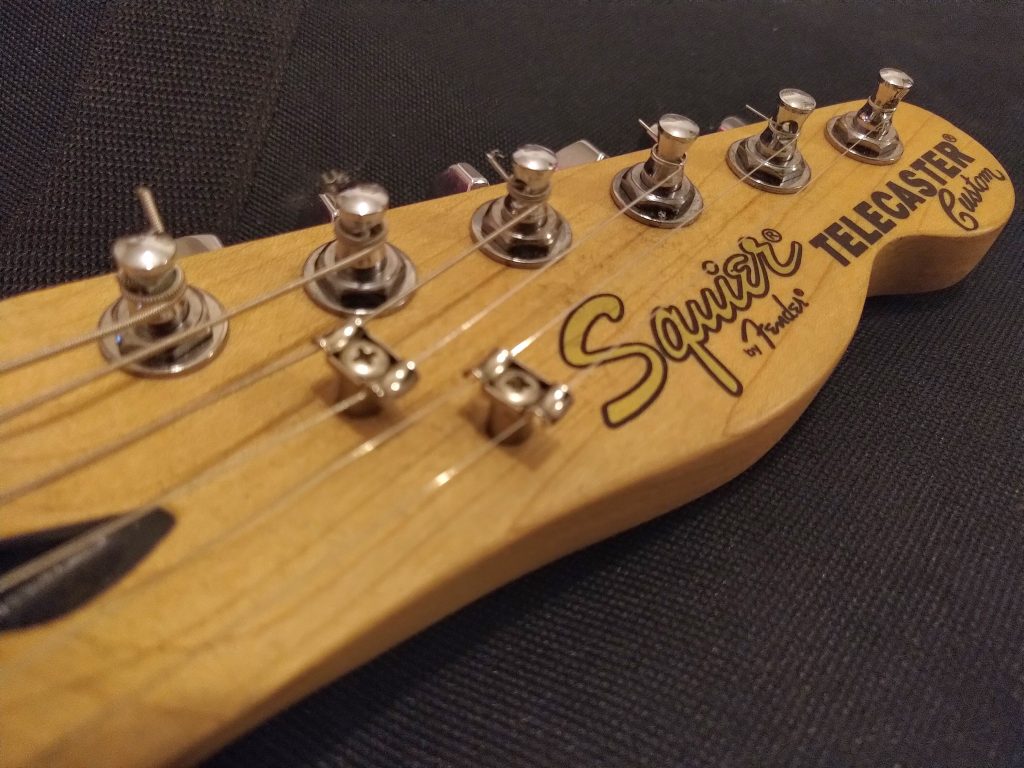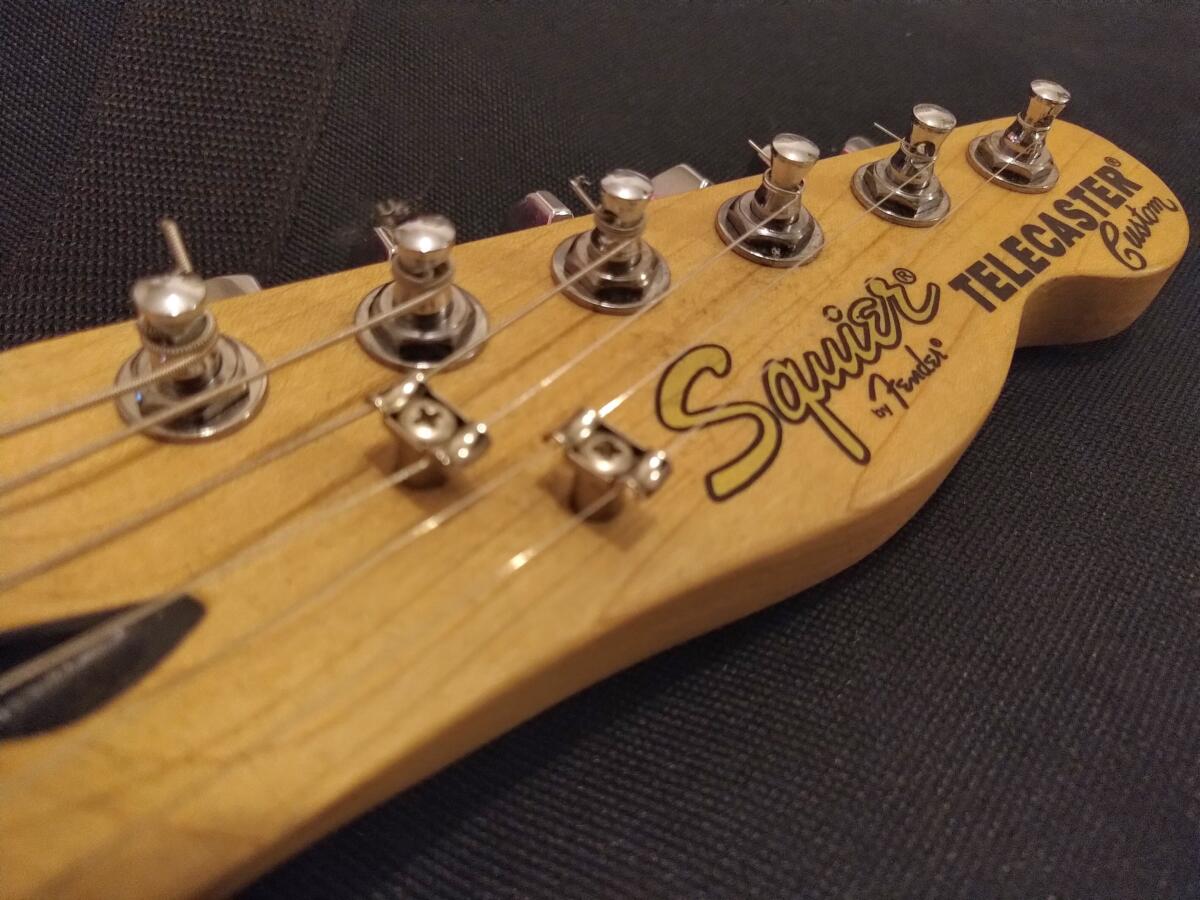
It’s not all about hard-wired valve amps, custom shop guitars and boutique pedals. For those without bottomless pockets, here are 5 tips on becoming a Cheap Guitarist.
1. Invest in the best quality guitar leads you can afford.
Cheap guitar leads are a false economy. If you’re gigging regularly they’re your main point of failure, so buy quality/buy once is the idea here. I paid well over £20 each for my Whirlwind cables (which isn’t really that expensive ), they have a lifetime guarantee and have paid for themselves many, many times over.
2. Go Solid State.
In my opinion, Solid state/modelling technology has evolved to the point where, in a live scenario at least, no-ones going to be able to tell the difference between a 1×12 valve amp vs a decent solid / state modelling amp (something along the lines of the BOSS Katana). If you can swallow your pride and make the transition from valves to solid-state. You’ll benefit from zero maintenance costs as well as a much lower price tag to begin with. Sure, valve amps are an inspirational, aspirational product with the history and kudos, but are those punters at the Dog and Dog really going to care?
3. Use Multi-Fx.
If you use more then two or three FX regularly, it pays to invest in a multi-FX unit. In my case, I have a tuner, main OD, a booster, chorus, flanger, and a wah (doubling as a volume pedal) for a fraction of the cost of separate pedals (It also doubles as a handy direct to pa amp backup too). As in amps, there’s an argument that cheapness sacrifices tone, but again, If you aren’t using it for serious recording, nobody is going to care eight pints into a Saturday night. My choice? a second-hand BOSS ME-80 for £110.
4. Fender will never let you down.
It doesn’t matter which price point you choose with Fender. You’ll get your money’s worth and a reliable gigging instrument only a step or two above the base Squier models. Tele’s and Strats simply don’t break, they stay in tune, and for me at least, play the best of them all. For gigging, you need reliable tools rather than furniture. Less is more. You can’t really go wrong with Fender. Drop a grand on a US model or £200 on a Squier. They’ll both last you a lifetime. You can even (as I do) just sling them in a gig bag without worry to save money on a hard-shell case. Try doing that with a Gibson. In the guitar world, it’s sometimes all about the name on the headstock, but if you can look past that and focus on the tangible elements of tone, playability, reliability, versatility etc instead, you’ll save yourself a fortune.
5. Never buy new (apart from guitar leads).
Solid-state amps and multi-FX have other benefits of course. In the second-hand market, they hold less value and have fewer reliability concerns, giving you the opportunity to grab a bargain. There’s really no benefit of buying new in the world of guitars. You’ll absolutely need to call on your experience a little, check for issues, nut height, tuning, wobbly selectors, scratchy electrics, but second-hand gems do pop up, more frequently than you’d think. Personally, I’ve gigged a Squier Telecaster Custom II (p90s) for a year now, costing the princely sum of £170!
Trust me, in 6 months of gigging, your brand-new gear is going to look VERY second-hand anyway.
I used to gig Gibsons, Marshalls. Cornfords, you name it, and honestly, it makes no difference. Nobody cares. So have a go at becoming a cheap guitarist. 90% of your tone is in your fingers anyway. I’d love to hear how you got on!
More Guitar Tips @ The Blogging Musician

Leave a Reply